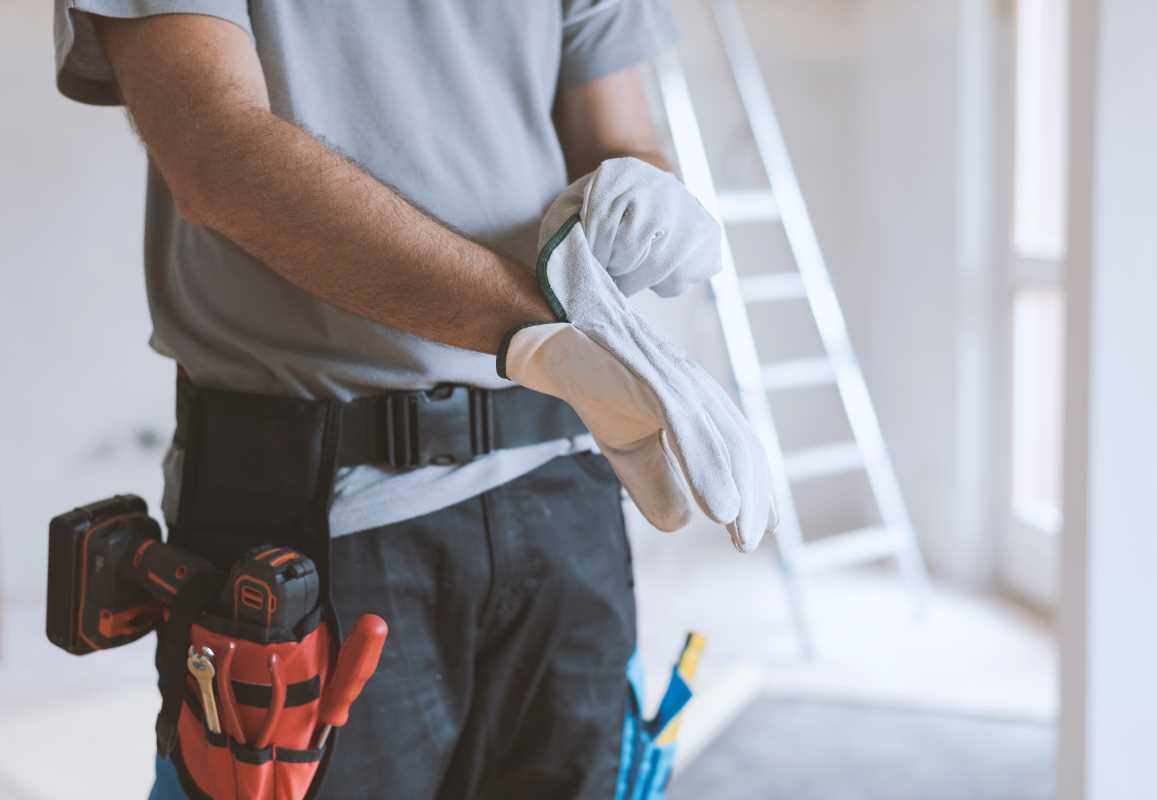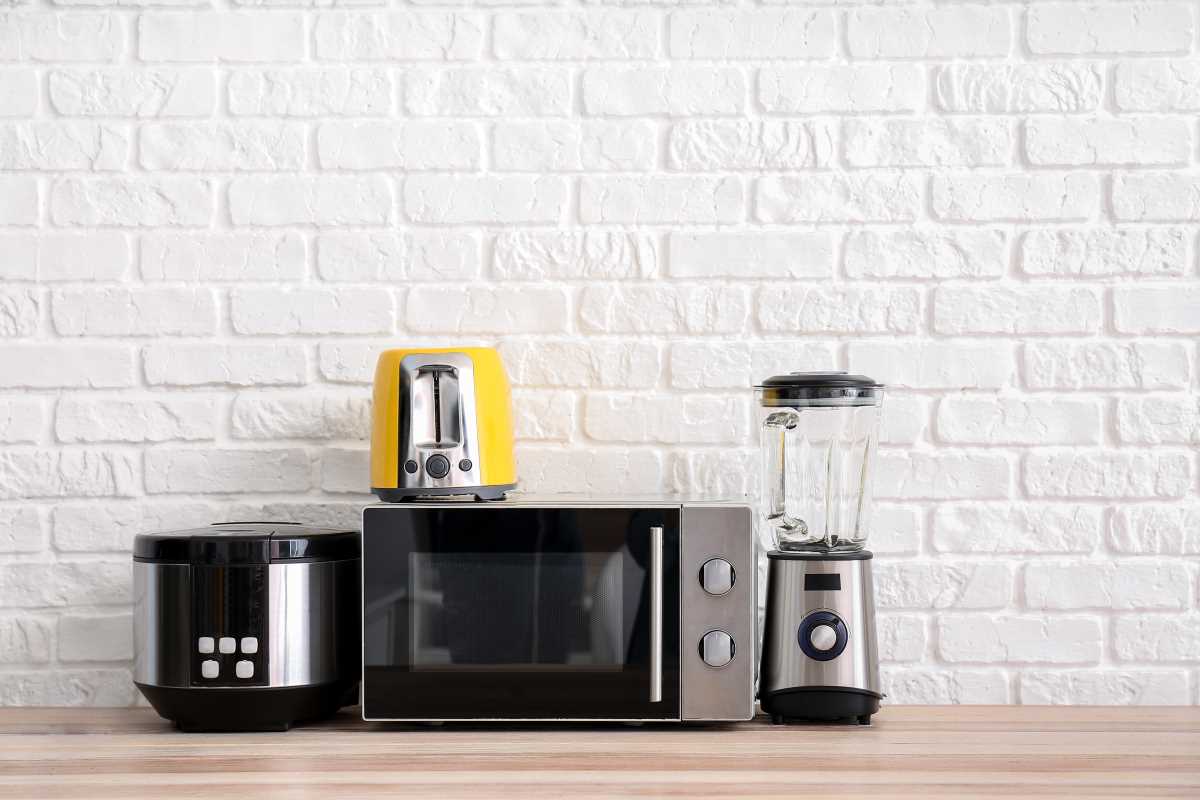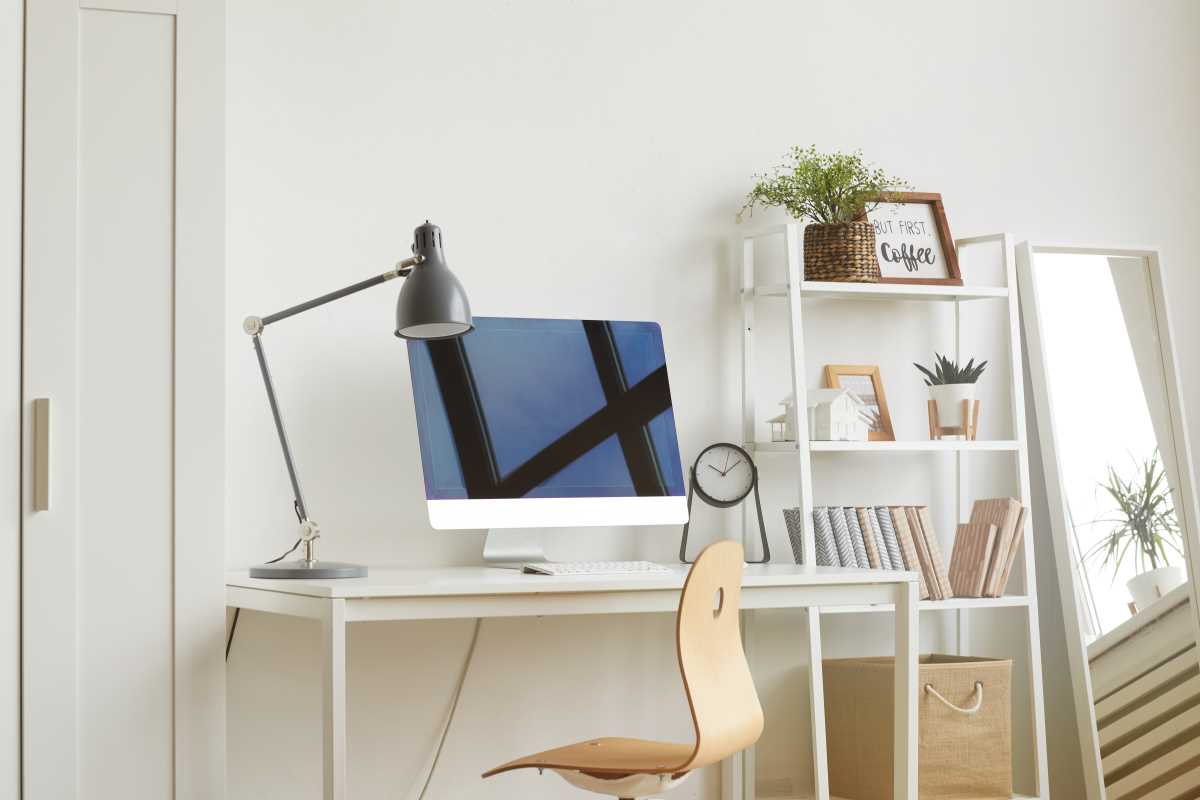Keeping your living space in good repair gives you a sense of security and comfort. A dependable set of tools allows you to tackle minor fixes with ease, turning what could be stressful moments into manageable tasks. With a stocked toolbox close at hand, you can address leaks, loose hinges, or small accidents as soon as they happen. Quick responses to these issues keep your home running smoothly and can save you money on professional repairs.
Understanding what each tool can do allows you to make informed choices when starting repairs. With a clear idea of how these items work, you're better ready to tackle tasks that keep your home in tip-top shape.
Tool #1: Hammer
A quality hammer works wonders in everyday situations. It lets you hang pictures, assemble furniture, and secure loose items around the house. Consider this tool an essential sidekick for numerous light projects.
Here are some common uses for a hammer:
- Hanging frames or mirrors
- Driving nails into wood for minor repairs
- Tapping parts into place during furniture assembly
Tool #2: Screwdriver Set
A good screwdriver set is indispensable for many quick fixes. This tool helps you open outlet covers, tighten loose screws in cabinets, and assemble flat-pack furniture without much hassle. Knowing the different bits and types of screwdrivers is a great way to start maintaining a safe home.
Different screwdrivers serve many purposes. Consider this short list:
- Flathead: Perfect for prying or turning flat screws.
- Phillips: Designed to fit cross-head screws in household items.
- Torx: Ideal for securing electronic devices and appliances.
Tool #3: Adjustable Wrench
The adjustable wrench offers versatility that may surprise you. It works well on various fasteners, making it a handy ally for plumbing repairs or assembling furniture that uses bolts. Its ability to adapt to different nut sizes means you can tackle multiple tasks with one tool.
This tool remains reliable if you keep it in good condition. Regularly inspect the wrench for wear and tear, and clean it with a dry cloth. Applying a small amount of oil to its moving parts keeps it smooth and extends its useful life.
Tool #4: Tape Measure
A tape measure helps you plan projects and make precise adjustments. Knowing the space available for new furniture or a renovation project starts with accurate measurements. You can quickly check the dimensions of doorways, rooms, or even outdoor areas to plan your next steps.
For best results, mark off key points and measure twice to avoid mistakes. A retractable tape measure that locks at a specific length is especially useful when recording large measurements or checking for small gaps between surfaces.
Tool #5: Utility Knife
A sharp utility knife is incredibly useful when you need to cut through various materials. It's an essential item for opening boxes from deliveries, trimming excess material, or even cutting carpet or vinyl in a pinch. The blade serves many roles in quick-fix scenarios.
Keep these tips in mind when using a utility knife:
- Always cut away from your body to ensure safety.
- Replace the blade when it becomes dull to maintain precision.
- Store it safely in a locked tool drawer when not in use.
Tool #6: Pliers
Pliers come in handy in unexpected ways, whether it's gripping stubborn nuts or bending wires in tight spaces. Different types of pliers can be used based on the repair task. For instance, needle-nose pliers work perfectly for small electronics, while slip-joint pliers handle larger bolts or pipes.
Use each type as intended to avoid damage to both the tool and your project. Keep your pliers clean of residue and oil the joint occasionally to ensure smooth operation during heavy use.
Essential Supplies Kit
Alongside your main tools, an essential supplies kit provides extra convenience during repairs. Having a small kit filled with fasteners, adhesives, and assorted accessories means you're ready when little issues pop up. Carefully selecting these items ensures quality results when making minor fixes.
Consider creating a checklist for your supplies kit, such as:
- Nails and screws of various sizes
- Washers and anchors
- Assorted adhesives and caulking
- Electrical tape and duct tape
- An extra pair of safety goggles
Spending time to add and organize these tools into your home toolbox gives you peace of mind when a simple repair is needed. Each item offers a specific advantage, and understanding their practical uses reduces stress during minor fixes.
With your tools ready and a solid understanding of how to use them, you can approach everyday repairs with confidence. Knowing what each tool does saves time and prevents costly call-outs. Simple tasks like tightening a loose screw or replacing a nail become less overwhelming when you know where to start.
Ultimately, a little preparation goes a long way. With a reliable set of basic tools, you can handle daily maintenance and small repairs without calling in a professional. Enjoy the satisfaction of completing projects yourself and see how your home benefits from your efforts.
Keeping a well-stocked toolbox allows you to maintain a safe and comfortable home. With the right tools, you can handle routine care confidently.
 (Image via
(Image via





